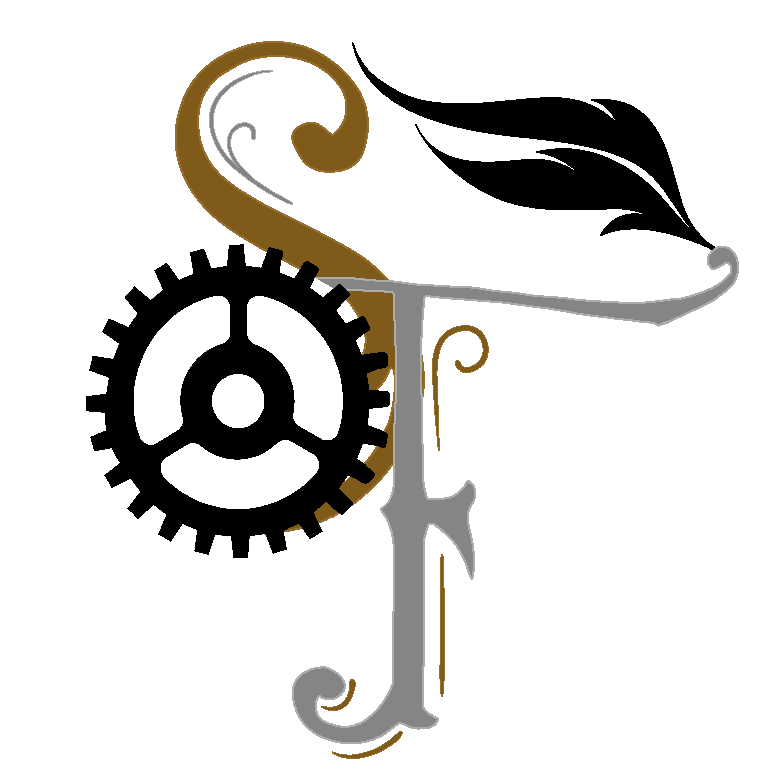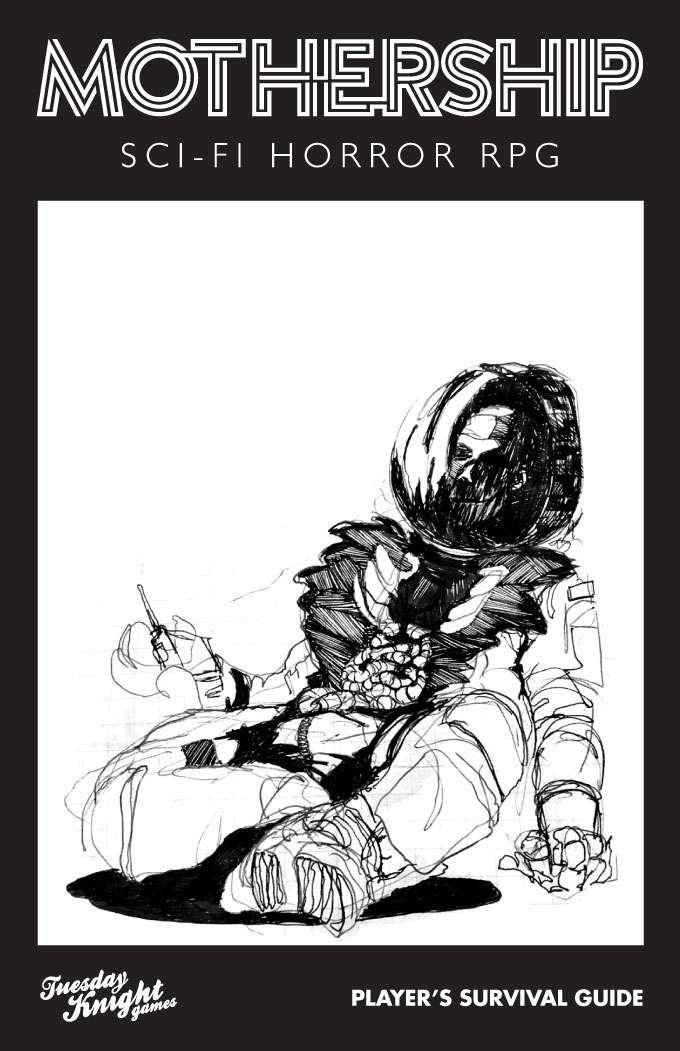Mothership TTRPG: How would ST Forge run it?
Good evening adventurers! Rob Wieland joins us to talk about one of the most anticipated horror role playing game releases this year. Mothership has built up a ton of support over the years thanks to its support of third party creators. The official first edition books are coming to Kickstarter backers and Rob discusses what makes the game work for him.
The Silent Scream
Mothership is a space horror RPG from Tuesday Knight Games. Players are spacefarers trying to survive in a hostile universe full of alien threats, megacorporate intrigue and the simple fact that Space Is Trying To Kill You.
The full edition of the game has four books core to the rules experience. The Player’s Survival Guide delivers a solid percentile system for play. Warden’s Operation Manual is full of advice for the brave souls that take the Game Master Big Chair. Shipbreaker’s Toolkit offers plenty of vessel that can function as the players’ ride or as a location for their next hostile encounter. Unconfirmed Contact Reports provides page after page of horrible monsters ranging from angels to aliens and even some C-suite executives.
It’s been a good couple of years for space horror thanks to games like this. Death in Space, Vast Grimm and the official Alien Role Playing Game. Mothership stands out beacause it has a ton of third party support that offer all sorts of weird horror adventures. Want to get trapped on a dinosaur theme park world? Defeat a cult that thinks the AI that controls its settlement is a reincarnated god? Explore a living ship where every room is an internal organ? Mothership delivers thanks to talented fans and designers looking to push the boundaries of what the engine of the game can do.
The best part? All of these games have great ideas that can be used across systems with a minimum of fuss. For example I’ve used Gradient Descent, a fantastic Mothership adventure set in an abandoned android factory, for games in the Alien universe. It is just as creepy and effective with that rules set.
Survive. Solve. Save.
Mothership’s tagline lays out what the players are expected to do in each session. They can survive, solve the mystery or save someone they’ve met. Since it’s a horror game, the players are lucky if they get to do one or two of the three. This is a design philosophy I can use in many other designs.
The heroes need to survive the night. Maybe that’s when the reinforcements arrive or the sun rises to blow away all the damn vampires. Or there’s something uniquely dangerous about the location. Make the setting memorable beyond just a spaceship or a castle and it will stick in everyone’s mind long after the story is done.
Every story has questions that need to be answered. They can be as simple as “What happened here?” or complex like “How do we stop the ghosts from travelling through time over and over again?” It’s important to remember to not just have questions and answers but also a way for players to get the answers through action. Rescuing the baron, finding the keycard to the computer core or solving the alien puzzle are all pathways to this end.
Make sure there’s someone for the players to talk to in your story. They could be allies, rivals, victims or potential replacements for characters that die. Sympathetic characters give players a reason to stick around and get into trouble. They also can prove to be unfortunate examples of how the monsters will treat the players if they don’t stay vigilant.
Days like this make you wish you never left Earth. - Image by Tuesday Knight Games.
The Best of Each Mothership Core Book
My favorite part of the main rules in the Player’s Survival Guide are the stress and panic rules. Rather than deducting points, characters build up stress until they panic and then roll on a table to see how that panic is reflected in the narrative. Beyond that, different classes have different responses to panic attacks. For example, if a marine character panics anyone close to them makes a fear check. When the person with the pulse rifle is scared, it’s time for everyone to freak out a little.
Of these books, Warden’s Operation Manual stands out. There’s a step by step guide to writing your first Mothership adventure along with some excellent advice on how to run horror games in general. By the time you’ve finished reading the book you’ve got your first adventure built and are ready to scare your friends out of their vacsuits.
The Shipbreaker’s Toolkit scratches one of my long held itches as a gamer. Each ship, from the smallest shuttlecraft to the largest exploration vessel gets a lovely two page spread that makes you feel like you’re flipping through an in-universe catalog. The ship is an important part of every space game and this book does a great job in bringing that element front and center.
Mothership monsters don’t have huge writeups. It’s a short statline which leaves each entry on the Unconfirmed Contact Reports book a whole page for mood and vibes. The story of each strange encounter is told through spooky art, clips of reports from other travelers or even words from the monsters themselves. This book really leans into the low-fi art aesthetic that permeates the whole line. It’s the book I’d hand to someone to show them what it feels like to play.
If I were getting started with Mothership, I’d pick up the Player’s Survival Guide, Warden’s Operation Manual and one of the excellent starting adventures like Dead Planet or Another Bug Hunt. Either of those choices contain plenty of extra material in case the players want to continue beyond a one shot.
What’s your favorite space horror story? How do you keep things fresh when everyone’s seen these stories dozens of times? Tell us your Mothership stories so we can use them in our games!
Rob Wieland is an author, game designer and professional nerd. You can find him on X and Bluesky @robowieland and on YouTube as the host of Theatre Of The Mind Players, the Actual Play show that plays everything besides Dungeons & Dragons!



